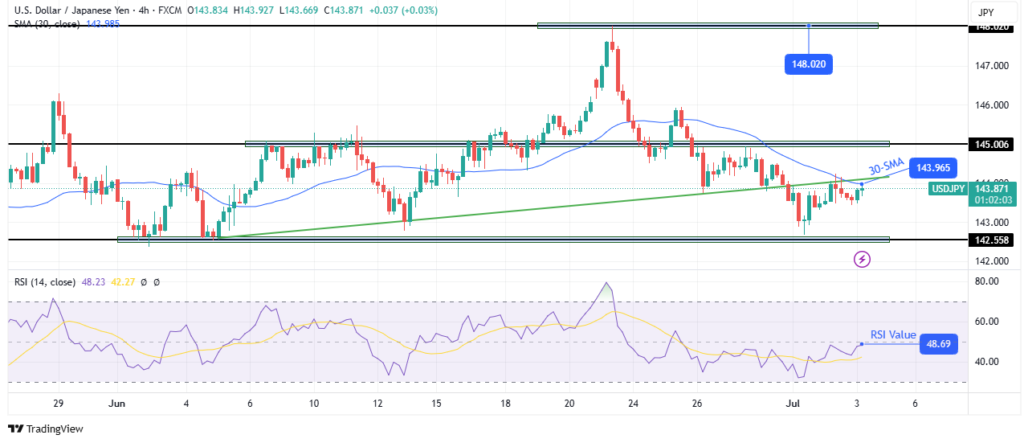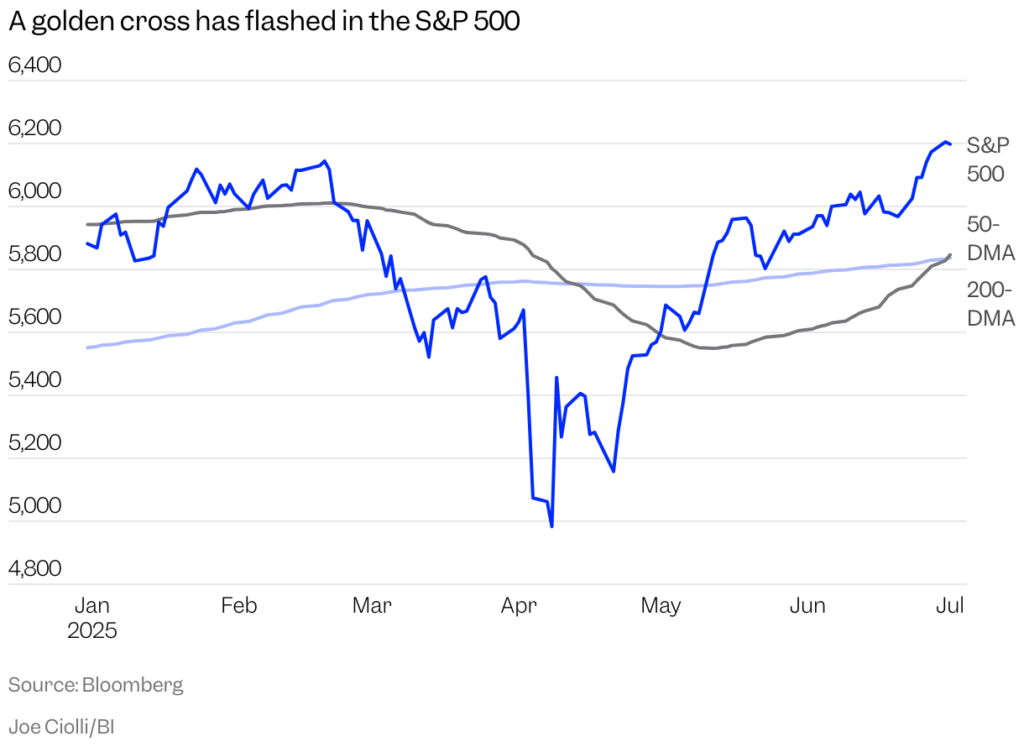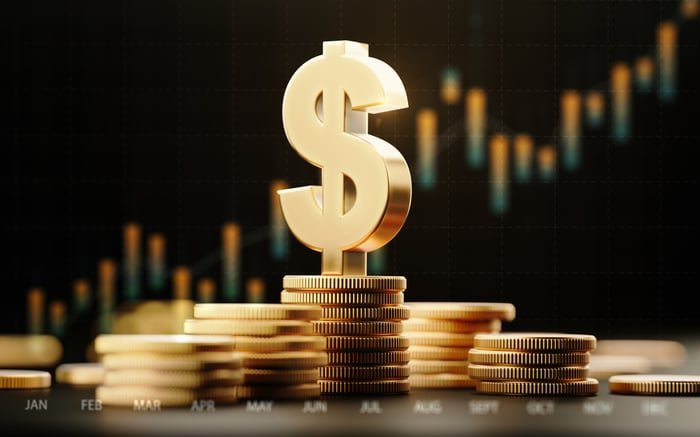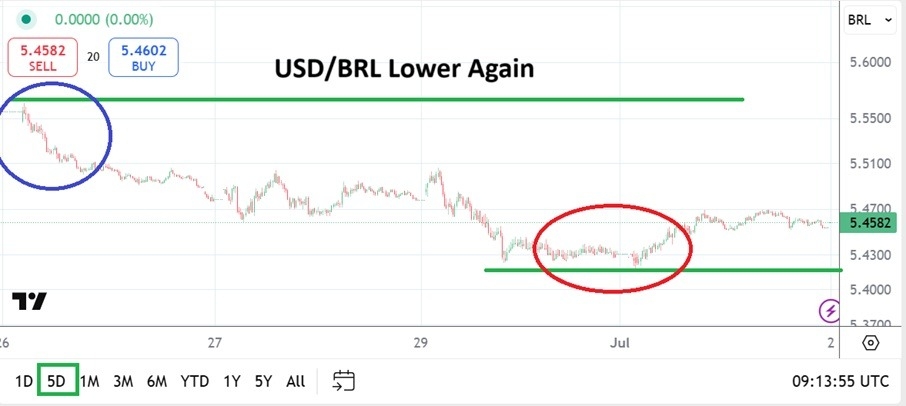Earlier this spring, investors were bracing for the worst. President Donald Trump unveiled a new regime of stiff tariffs that market watchers feared could reignite inflation and start a trade war with the potential to choke the global economy.
The S&P 500, a measure of the broad U.S. stock market, plummeted by 19% between late February and early April.
But stocks have since come back, and then some — the index now sits almost 2% above its previous all-time high in February.
Where do stocks go from here? Over the short-term, no one knows. But because the U.S. stock market has historically trended upwards — making new highs after every major pullback — financial pros often suggest investing in a diversified portfolio early and often.
For the best way to do that, consider Berkshire Hathaway chairman and investing legend Warren Buffett’s oft-repeated advice for everyday investors. “Consistently buy an S&P 500 low-cost index fund,” he told CNBC’s On The Money in 2017. “I think it’s the thing that makes the most sense practically all of the time.”
How investors have performed buying the market
Buffett is famous for his stock-picking prowess, but his advice to own index funds lies in the fact that most people — even professional investors — have a hard time picking winners consistently.
Take active mutual fund managers, who buy and sell stocks with the goal of delivering market-beating returns to their investors. In the decade that ended in 2024, just 7% of such managers benchmarked to large U.S. stock indexes (like the S&P 500) beat their average passive peer, according to Morningstar.
Those peers are exactly the kinds of funds Buffett recommends. Passive funds, or index funds, seek to replicate the performance of a market index rather than trying to beat it. And because these funds don’t have high-priced managers pulling the strings, they can afford to charge rock-bottom annual management fees.
Here’s what $1,000 invested in an S&P 500 index fund in recent years would be worth today. Total returns, including reinvested dividends, are through July 1.
If you invested one year ago:
- Percentage change: 14.73%
- Total: $1,147
If you invested 10 years ago:
- Percentage change: 255.09%
- Total: $3,551
If you invested 20 years ago:
- Percentage change: 658.14%
- Total: $7,581
Have certain individual stocks or portfolios delivered higher returns over those periods? Certainly. But many more haven’t. By investing to earn returns alongside the market, rather than trying to beat it, Buffett and others have said, you give yourself a leg up on even the savviest Wall Street pros.
“By periodically investing in an index fund, for example, the know-nothing investor can actually outperform most investment professionals,” Buffett wrote in his 1993 letter to Berkshire shareholders. “Paradoxically, when ‘dumb’ money acknowledges its limitations, it ceases to be dumb.”
Are you ready to buy a house? Take Smarter by CNBC Make It’s new online course How to Buy Your First Home. Expert instructors will help you weigh the cost of renting vs. buying, financially prepare, and confidently navigate every step of the process—from mortgage basics to closing the deal. Sign up today and use coupon code EARLYBIRD for an introductory discount of 30% off $97 (+taxes and fees) through July 15, 2025.
Plus, sign up for CNBC Make It’s newsletter to get tips and tricks for success at work, with money and in life, and request to join our exclusive community on LinkedIn to connect with experts and peers.






